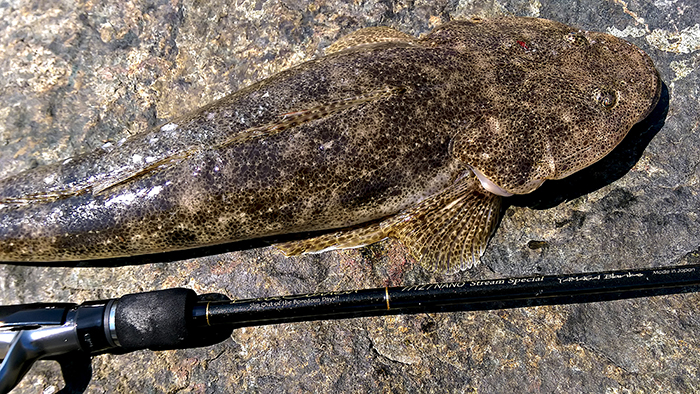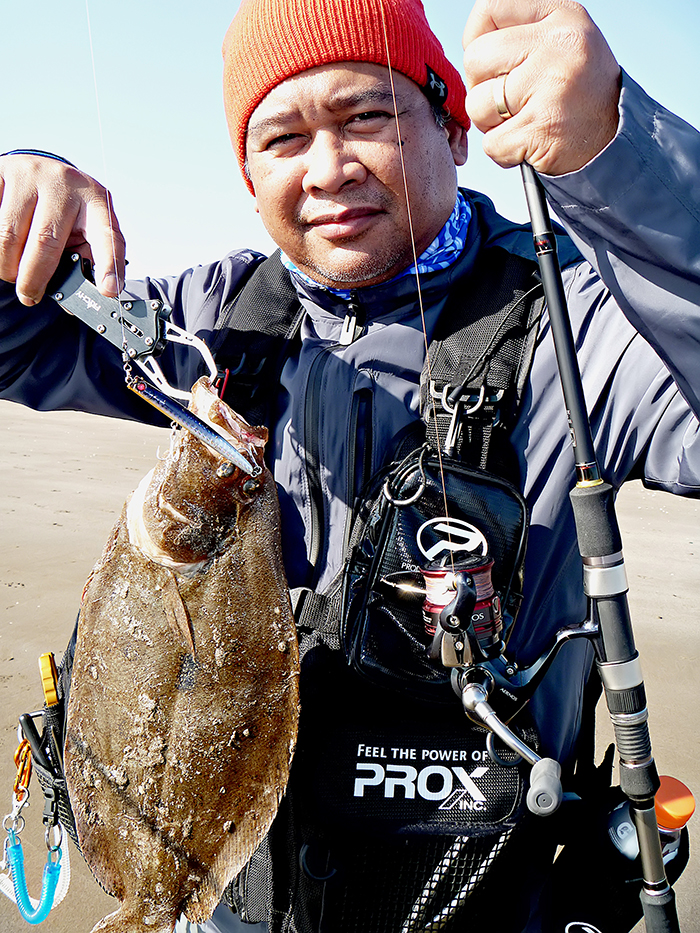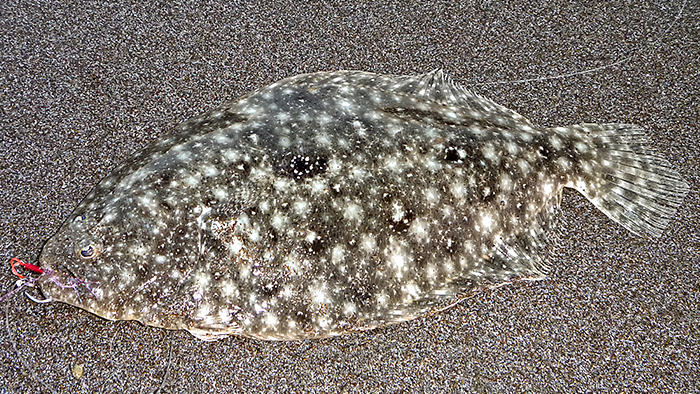Since the summer, a few friends and I have been looking for an easier way to go fishing. The main challenges we face are piling up each year and some of our spots that were closer to the city have been closed down for development and those that have easy access to most of the populace have turned into mini rubbish dumps. Overcrowding as well as a rampant disregard for cleanliness and the downright lack of recreational fishing locations (a fishing pier off Jumierah 1 would be nice!) in the UAE has forced anglers such as my friends and I, to look for remote places that require a lot of travelling and look for alterative species to target.
After a few trips we found a few places that hold fish that were perfect for light and ultralight tackle, exactly what we needed for a quick fix. You would be surprised at how these spots are peppered across the country and seemingly empty looking spots could yield hours of entertainment… if you do the homework.
Hirame Love
Hirame is Japanese for Flounder. Although it is present in both the Gulf and the West Coast, they are surprisingly not targeted a lot and mostly caught by catch by bait fishermen. To target them specifically is a bit technical and at times, frustrating as we have found out the hard way.

Although we have seen some relative success with them over the last few weeks, we cannot really call it a big success by any standard. What we initially wanted to do was to look for species we could target when the weather was not cooperating and we could at least have some fun in shallow water and our weekly fishing fix.
Flounder live on sandy bottoms or sandy bottoms with patches of rock. They can be found all over the Gulf as well as the East Coast. Basically, you can find them in all of the coastal states of the UAE, Oman and neighbouring countries. Since most of the Gulf shores are mostly comprised of sandy bottoms, they are fairly prolific. Finding them is a matter of finding their main forage, which are smaller fish and crustaceans. Find the bait and you will find the fish.
Flounder feed by using their sharp sense of smell, so targeting them with lures is not as easy as a lot of people think, this is what got us to really like them, because even if there was technically plenty of them around and even with their good eyesight and predatory nature, they are first and foremost an olfactory based predator.

Trapping Aladdin’s carpet
Surprisingly, a range of lures works for them and we have caught them with jigs and plugs. The key factor is really trying to figure out if they are around the spot you chose. We use rods designed for Aji (Japanese horse mackerel) for them because we find the light tips of these rods sensitive enough to pick up the light taps and the soft tip also keeps the mouth of the fish from tearing. The thin tip is just enough to feel the bite as they have a strange way of hitting lures – their mouth isn’t positioned the way we are used to.
A long ultralight rod to give you some distance, a reel and line that enables you to cast small lures are exactly what you need, and the Japanese design helps a lot in distance, line management and the rod gives the lure the action that fish find good enough to try and take. Braid of about 4-5kg is mostly what we use with 5kg being the maximum. Fishing for them is certainly not cheap because you go through a lot of tackle from being busted off, go one higher than 5kg and you won’t land a lot because their mouth tend to tear at heavier drag pressured, a lighter line also makes you cast farther and it gives you a lot more time to work the lure, this spells more time in trying to get the fish to bite.

However, since these fish rarely grow up to titanic proportions, a good ultralight setup is more than adequate for fish of up to about 2kg.
There are other species of fish that swim around in the same spots as the flounder and you will catch a few of them, we have caught flatheads, sand whiting (locally called Ladyfish), a few species of bream and the occasional grab and go tactics of cuttlefish will leave you wondering what it was.
For now, the love affair with the Hirame continues and we will be looking forward to fish for them in the weekends and hopefully find methods that are more effective than what we are using these days.
Till then, tight lines and screaming drags.
Kit
Words + Photos By: Kit Belen

